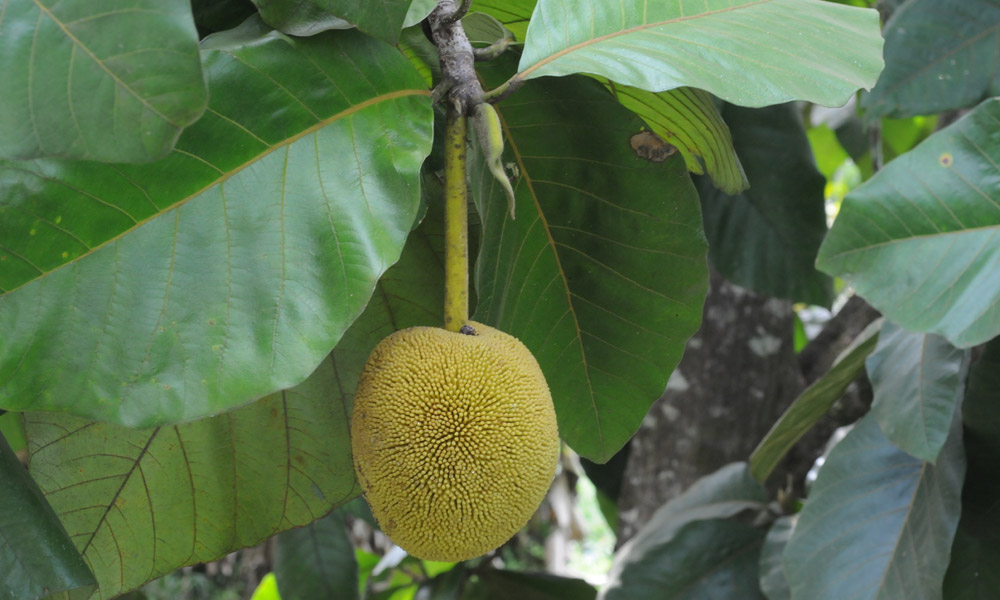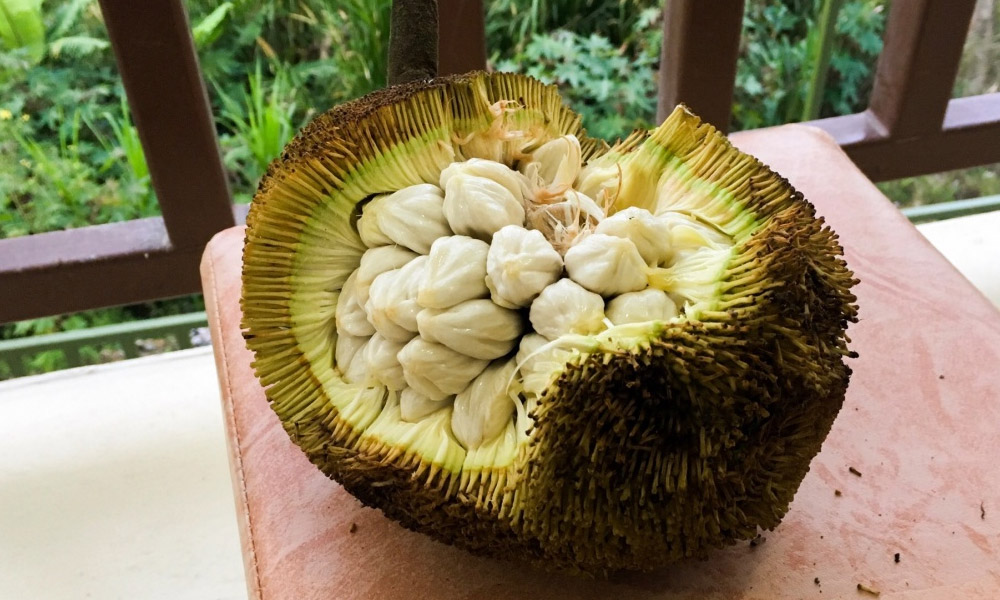A genetic study has found that a fruit tree previously thought to be a single species turned out to be two distinct species of plants after researchers followed up on a tip-off from their Iban and Dusun colleagues.
The identification of a distinct species of the fruit, known as buah terap in Malay, underscores the importance of meaningful engagement with indigenous peoples, the researchers said.
“Engagement with indigenous peoples and their knowledge might spur countless studies like this one, accelerating Linnaean taxonomy by testing species concepts from multiple points of view and highlighting conservation needs for species that may be cryptic to professional scientists but known to indigenous peoples.
“The two clades described here may not have come to light without consideration of indigenous taxonomy, highlighting the importance of indigenous knowledge even when molecular phylogenetics ultimately take priority in taxonomic decisions,” the researchers wrote in a letter published in the scientific journal Current Biology on Monday.
This will be important in preserving nature, as species without formal scientific nomenclature could not be assessed for conservation purposes.

The letter is penned by a group of researchers based in the US and Spain; and in Universiti Malaysia Sarawak, the Sabah Forestry Department, as well as by Iban and Dusun field botanists.
Fieldwork in Sarawak
According to a news report on the discovery published in the journal Nature, some members of the group were conducting fieldwork in Sarawak in 2016 when they realised their Iban field botanists were using different names for buah terap, which is also known by its scientific name Artocarpus odoratissimus since 1837.
The Iban dubbed the trees with larger fruits and leaves as lumok, and the smaller ones with less sweet fruit were called pingan.
They later realised that the Dusun folk similarly used different names - timadang and tonggom-onggom, respectively - for the two types of A odoratissimus trees.
This prompted them to conduct a genetic study to compare lumok and pingan, which confirmed that the two types of trees were related but were genetically different enough to be considered different species.

Lumok would retain the A odoratissimus name while ‘pingan’ was given the scientific name Artocarpus mutabilis.
Nevertheless, the researchers noted that a case can be made for incorporating indigenous names into scientific nomenclature.
Meanwhile, the lead author of the Current Biology letter, Elliot Gardner, reportedly told Nature that science has a long history of benefiting from indigenous knowledge, such as by relying on local guides to help make sense of the world around them.
“It’s not surprising at all that people who are around these plants all day long know them in a more intimate way than scientists who just come into the field from time to time,” the botanist from the Miami International Center for Tropical Botany in Florida, US, was quoted as saying.
Nevertheless, the report also quoted Autonomous University of Barcelona anthropologist Victoria Reyes-García cautioning that indigenous people’s contributions are often overlooked or misappropriated, especially when it is in opposition to Western priorities. - Mkini




No comments:
Post a Comment
Note: Only a member of this blog may post a comment.